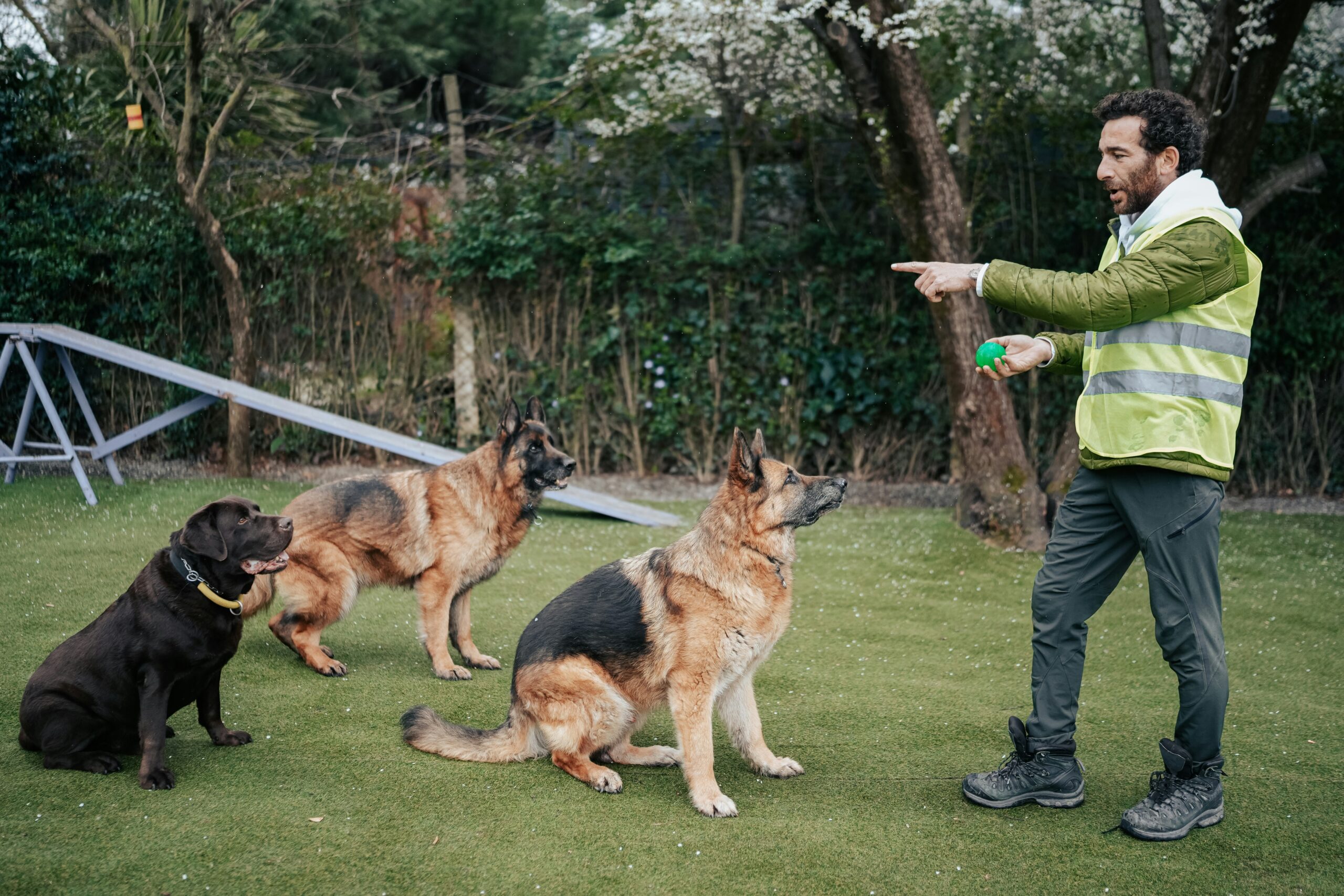
Training your dog is one of the most rewarding and essential things you can do as a pet owner. Not only does it create a stronger bond between you and your furry friend, but it also ensures their safety, good behavior, and happiness. Whether you have a lively puppy or an older dog with some bad habits, choosing the best dog training classes can make all the difference in your journey toward a well-mannered companion. This article will guide you through everything you need to know about finding and benefiting from top-notch dog training classes.
Understanding the Importance of Dog Training
Before diving into the various types of dog training classes available, it’s essential to understand why training is so critical. Dogs are social animals who thrive on structure and clear communication. Training helps them learn how to behave appropriately in various situations, from basic commands like “sit” and “stay” to more advanced skills such as agility or therapy dog training.
A well-trained dog is more confident, less anxious, and easier to manage. This benefits not just the dog but also the owner and the community. Proper training reduces the risk of accidents, aggressive behavior, and misunderstandings between you and your pet.
Types of Dog Training Classes
Dog training classes come in many shapes and sizes, each catering to different needs, skill levels, and training philosophies. Here are some of the most common types you’ll find:
1. Puppy Socialization and Basic Obedience
These classes focus on introducing puppies to other dogs, people, and new environments in a controlled and positive way. Early socialization is crucial for preventing future behavior problems. Basic obedience commands, such as “come,” “sit,” and “down,” are typically taught, laying the foundation for good manners.
2. Adult Dog Obedience
For older dogs that may not have received formal training as puppies, these classes teach basic commands and manners, with an emphasis on consistency and reinforcement. They often address common challenges such as leash pulling, jumping, or excessive barking.
3. Advanced Obedience and Tricks
Once your dog masters basic commands, you can move on to more complex training, including off-leash control, distance commands, and fun tricks. These classes enhance mental stimulation and deepen your communication with your dog.
4. Behavior Modification
Some dogs require specialized assistance to overcome issues such as aggression, separation anxiety, or fearfulness. Behavior modification classes address these challenges by utilizing positive reinforcement and customized strategies.
5. Specialty Training
This includes agility, therapy dog certification, service dog training, and more. These classes are for owners who want to take their dogs’ skills to a professional or recreational level.
What to Look for in the Best Dog Training Classes
Choosing the right dog training class depends on many factors. Here’s what you should keep in mind:
Certified and Experienced Trainers
Look for trainers certified by reputable organizations such as the International Association of Canine Professionals (IACP) or the Association of Professional Dog Trainers (APDT). Experienced trainers will use methods that are safe, humane, and effective.
Positive Reinforcement Techniques
The best classes rely on positive reinforcement, rewarding good behavior with treats, praise, or play, rather than punishment or fear. This approach fosters trust and encourages dogs to be eager to learn.
Class Size and Environment
Smaller class sizes allow for more individualized attention. Also, check that the training environment is safe, clean, and free from distractions that could overwhelm your dog.
Curriculum and Structure
Suitable classes follow an explicit curriculum with measurable goals. They should offer progressive levels of training so that you can advance at your dog’s pace.
Support for Owners
Practical training isn’t just about the dog — it’s about you, too. Look for classes that provide owners with guidance on how to practice commands at home and troubleshoot common problems.
Benefits of Attending Dog Training Classes
Enrolling in dog training classes offers many benefits beyond just teaching your dog to obey commands:
Socialization for Your Dog
Classes provide controlled exposure to other dogs and people, which is vital for developing good social skills.
Building a Stronger Bond
Training sessions create quality time together and improve communication between you and your dog.
Consistency and Structure
Professional classes offer a consistent approach, which is crucial for dogs to understand expectations.
Expert Guidance
Trainers can identify subtle behavior issues early and help you address them before they escalate.
Confidence Boost
Dogs gain confidence through mastering new skills, which reduces fear and stress.
Popular Dog Training Class Formats
Depending on your schedule, your dog’s personality, and learning preferences, there are various class formats available:
In-Person Group Classes
These are the most common and provide opportunities for socialization and group learning.
Private Sessions
Ideal for dogs with specific behavioral issues or owners who want one-on-one instruction tailored to their needs.
Online Classes and Virtual Training
Ideal for busy owners or those in remote areas, these classes provide flexibility and access to expert trainers through video sessions.
Tips for Getting the Most Out of Your Dog Training Class
To maximize your dog’s learning and your overall experience, keep these tips in mind:
Attend Regularly: Consistency is key. Regular attendance helps reinforce learning.
Practice at Home: Training isn’t just limited to class hours; daily practice strengthens your skills.
Stay Patient and Positive: Every dog learns at their own pace. Celebrate small victories.
Bring Treats and Toys: Use high-value rewards to motivate your dog.
Communicate with Your Trainer: Share updates or concerns to tailor training effectively.
Finding the best dog training classes is an investment in your dog’s well-being and your relationship with them.
Whether you’re starting with a playful puppy or looking to correct behavioral issues in an older dog, the right training program can help you achieve a happy, obedient, and well-adjusted companion. Remember to choose classes with qualified trainers who use positive methods, provide ongoing support, and offer a structure that suits your needs. With dedication and the proper guidance, you and your dog will enjoy the many benefits that training brings.